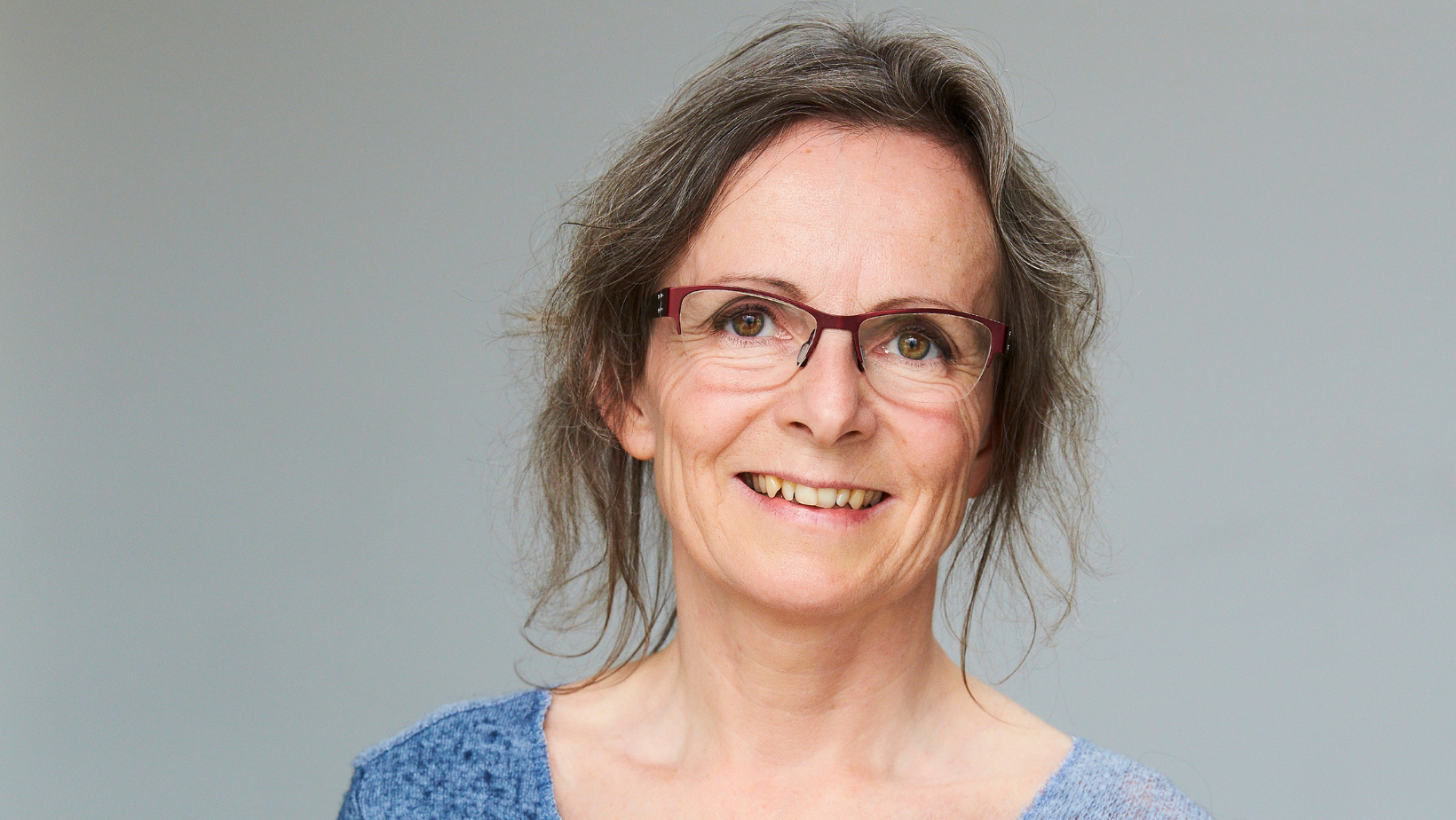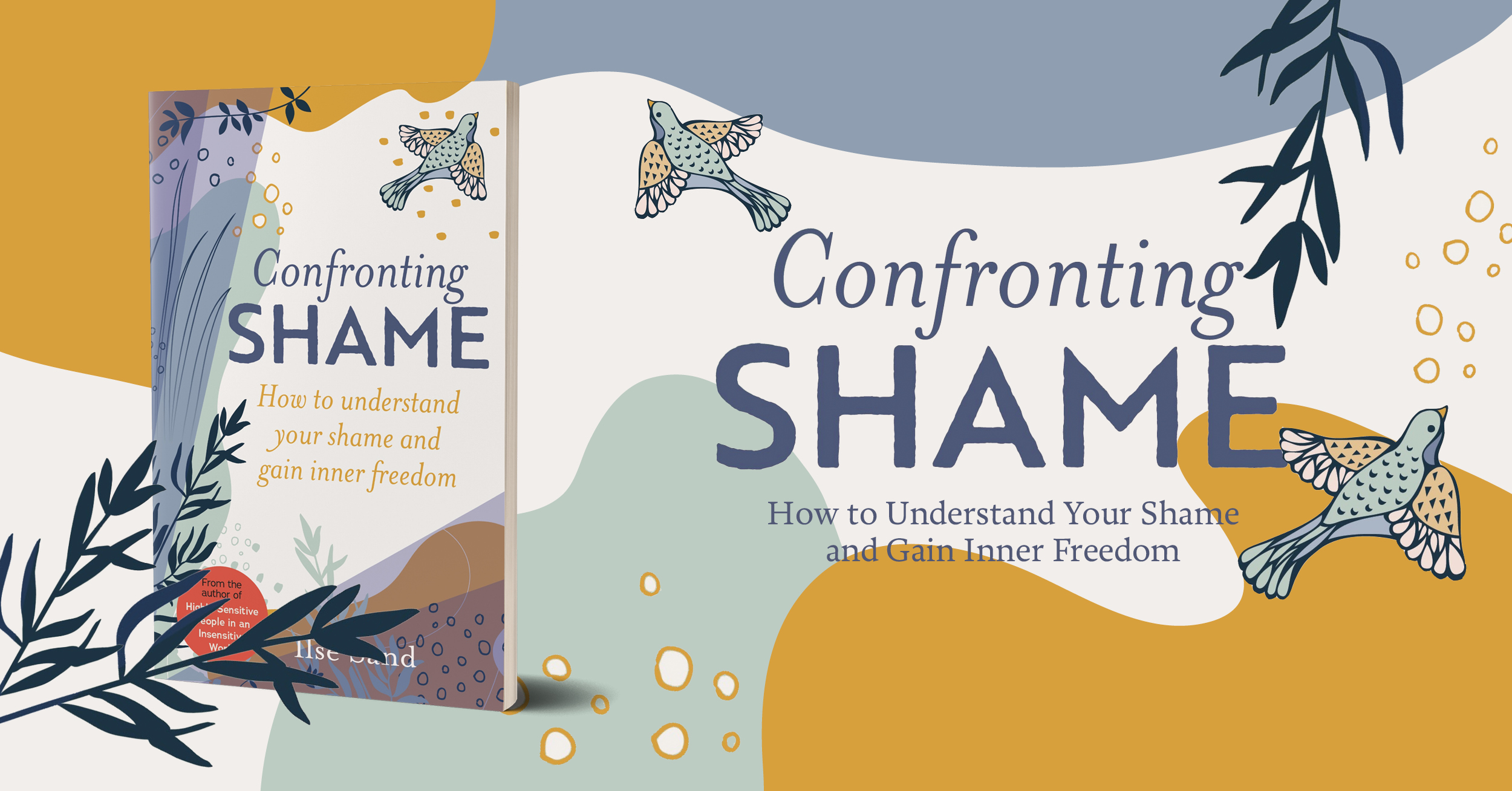
“Share it with someone”– Q&A with Confronting Shame author Ilse Sand
Ilse Sand, the author of Confronting Shame, talks us through exactly what shame is, how it can become chronic, as well as sharing some of her favourite techniques for dealing with shame.
In a nutshell, what is shame?
Shame is the feeling that something is wrong with you. If the feeling is strong, you may feel fundamentally like a failure and in the very worst case you may think that the world would be a better place without you. You may try to hide or make yourself smaller in many situations. It may be mental or physical, for example, you might hang your head when you feel a sense of shame. You may also apologise again and again for just a small mistake, or perhaps you’re just awfully thankful for a small favour.
Is there a common reason why someone might experience chronic shame?
Yes. The less you have been seen and acknowledged as the person you are, especially in childhood, the more easily you will experience shame.
In your book you discuss how shame can be used as a weapon by others… what might this look like?
If you easily feel shame, other people only need to hint that something is wrong with you: you will hurry to do what they expect. They can for example say: “I did not imagine you were such a [fragile/lazy/oversensitive/annoying – etc.] person”.
How can you defuse remarks meant to cause shame?
By explaining to the owner of the remark that you don’t like the way they are treating you. If that doesn’t work, leave the person. He or she may not be a healthy companionship.

In Confronting Shame, you suggest that getting to know yourself better can help you to confront your feelings of shame, for people who haven’t read your book yet, what do you mean by this? What processes can you use to do this?
The better you know yourself both good and bad, the more difficult it may be to feel that there is something wrong with you. You can learn about yourself in many ways. For example, you may sit in front of the mirror and ask who are you? Before carefully listening and thinking on the different answers coming to mind. You can also record yourself on a video before watching it back and discussing it with a friend. Another possibility is to participate in a self-development group or something along those lines. Or you may find it helpful to write about yourself and your feelings in a diary.
How do you hope Confronting Shame might help people?
I hope this book gives you the courage to confront your shame, so you can step out into the world, spread your wings, and acknowledge and stick up for yourself.
Confronting Shame: How to Understand Your Shame and Gain Inner Freedom is available now.
Enjoy reading this piece? Check out Ilse Sand’s other JKP blog ‘There’s No Shame in Failure: Ilse Sand’s 7 Tips for Living a Life with Less Shame’!
Want to be updated on more blog content, book releases and other news, please sign up to our mailing list here.